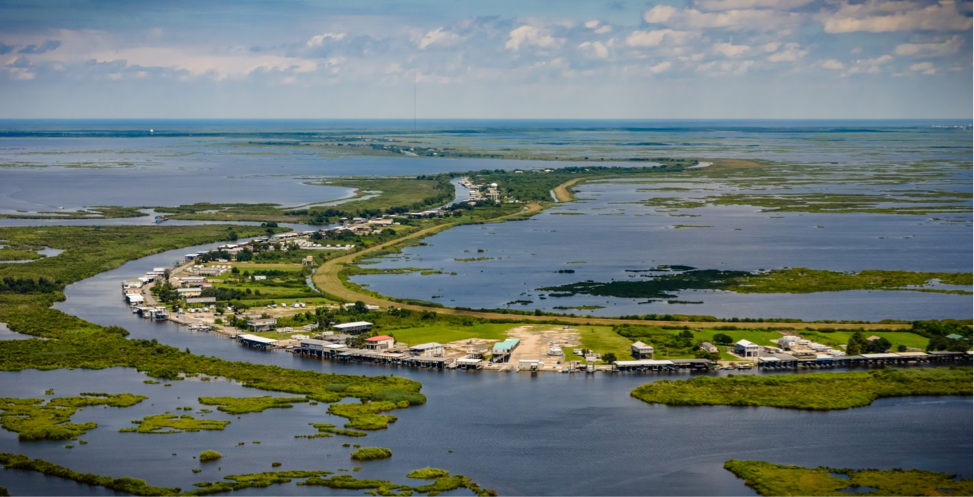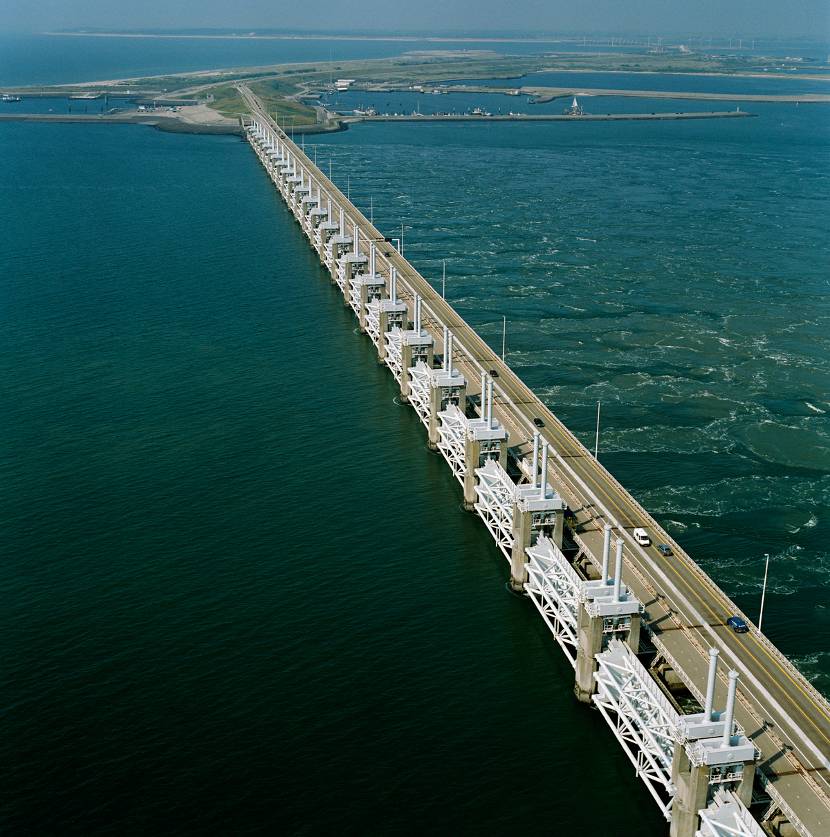Louisiana is emerging as a global leader in how to sustainably plan for the future in the face of increased storms, coastal erosion and rising seas. By combining nature-based solutions with traditional flood protection measures, Louisiana is a proving ground for living with climate change.
The lessons Louisiana can teach are not new, but they build upon those first taught by the Dutch. The Netherlands has taught the world innumerable lessons in flood protection – but historically, the Dutch have been primarily focused on building walls to keep water out, rather than finding more sustainable ways to protect coastal communities.
That is until recently, when the Dutch began embracing a more nature-based approach of “living with water,” similar to what is happening in Louisiana.
We can change the way we face coastal flooding challenges if we blend coastal restoration, protection and community resiliency measures. Louisiana’s multiple-lines-of-defense approach is a model for other coastal places, including the Netherlands, that are planning their futures in the face of climate change.
The misconception of flood “control”
The idea of controlling flooding is an illusion. A flood is a true force of nature. Yet controlling floods has historically been the mantra of flood engineers and still is in many places worldwide. Engineers have believed they can keep water exactly where they want it – but this flawed approach has failed over and over again, and has increased the vulnerability of infrastructure and communities.
Many of the decisions that society has made – leveeing major waterways, digging navigation channels and canals, filling in wetlands and floodplains, building homes in vulnerable areas – have occurred without consideration of impacts on flood risks, and have thus inadvertently increased those risks.
There is a growing realization that we cannot eliminate flood risks by controlling the flow of water. Instead, we should work with the natural process of floods, providing open spaces to capture and hold floodwaters away from communities.
Lessons learned from the Dutch
In 1953, the Netherlands experienced a devastating flood that killed 1,835 people.
In 2005, similar disasters struck Louisiana in the form of Hurricanes Katrina and Rita. Following the storms, there was intense interest in the Netherlands’ flood protection knowledge and capabilities.
Delta Works, the Netherlands’ plan initiated and implemented after the flood of 1953, is a feat of engineering and referred to as one of the seven wonders of the modern world by the American Society of Civil Engineers. It demonstrates the level of achievement that is capable when safety is the top priority.
However, the Dutch coastal protection system is a combination of mostly hard infrastructure – dunes, dikes, dams and storm surge barriers – that has been constructed over centuries and, in the process, the Dutch developed nearly all of their natural wetlands.
Even though the Netherlands have committed to invest a billion dollars annually for the next 20 years [PDF] into their protection system, it’s not possible to endlessly heighten sea dikes. Flood protection is the Netherlands’ #1 priority – their motto is “Safety Above All Else” – but they are unfortunately highly likely to flood again.
The Louisiana model
After Hurricane Katrina, Louisiana also decided to rebuild New Orleans’ levees a little bit higher and a little bit stronger. Many in Louisiana, including some state leaders, touted the Dutch’s high level of protection as a goal and aspiration.
But in the years since Katrina, Louisiana has realized the importance of incorporating nature-based flooding solutions. Louisiana’s wetlands, barrier islands, oyster reefs and natural ridges are all a part of a Multiple Lines of Defense Strategy.
[Tweet “We can change how we face coastal flooding challenges by blending restoration, protection and community resiliency.”]
Along with levees, these natural features help reduce flooding risks and protect against catastrophic flooding. Other features of the strategy include home elevation and planned evacuation routes.
Louisiana has the knowhow and a plan to sustainably rebuild its coast – and the ability to ensure that protection, not risk, grows every day. With this model, Louisiana in the position to lead the world in flood protection.
Growing needs worldwide
The Dutch are not the only nation looking for solutions to their flood problems.
I recently attended an international gathering of experts in the Netherlands to discuss how to use floodplains and the natural features of our coastlines to increases coastal resilience in riverine and coastal basins worldwide. This group, led by the U.S. Army Corps of Engineers, has been working to develop international guidelines on how to plan, build and adaptively manage these natural systems to reduce flood risk.
Coastal areas worldwide should strive to provide the highest level of flooding protection possible for communities, and we can achieve this with the tools we have available. However, we must not rely on structural protections alone.
As it always has, nature plays an integral role in protecting our coasts and communities.











